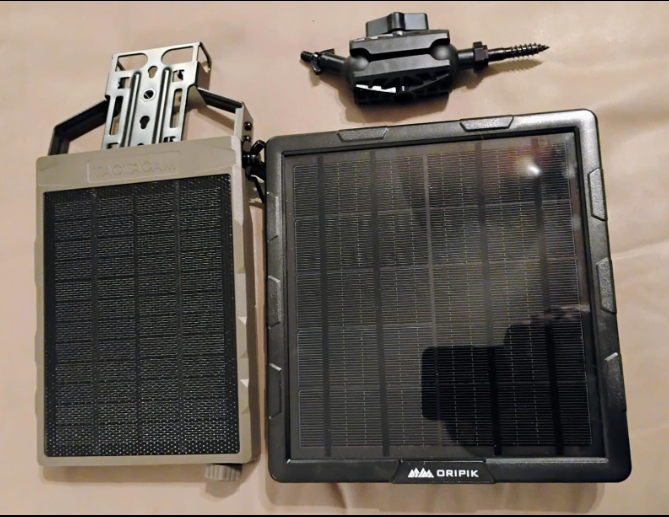
Solar Panel Power Calculation: A Beginner's Guide
How to Calculate Solar Panel Power Requirements
Accurately calculating solar panel power requirements is essential to ensure a reliable power supply for your devices under specific conditions. This guide provides step-by-step instructions and key formulas to help you choose the right solar panels.
Step 1: Determine the Power Requirements of Your Devices
The first step is to identify the power requirements of the devices you intend to power. These are usually expressed in watts (W). If only the current (in milliamps, mA, or amps, A) and voltage (V) are provided, use the formula below to calculate power:
Power (W) = Current (A) × Voltage (V)
Example Calculation: For a device with a working current of 500 mA (0.5 A) and a working voltage of 5 V:
Power (W) = 0.5 A × 5 V = 2.5 W
Step 2: Calculate the Total Power Requirement
If you have multiple devices to power simultaneously, sum up their power requirements to get the total.
Example Calculation: For devices requiring 2.5 W, 3 W, and 4 W:
Total Power Requirement (W) = 2.5 W + 3 W + 4 W = 9.5 W
Step 3: Account for Real-World Light Conditions
Solar panels' actual output depends on light intensity, weather, and geographic location. To estimate the required solar panel power, include a system efficiency factor (typically between 0.75 and 0.85). Use the formula:
Required Solar Panel Power (W) = Total Power Requirement (W) / System Efficiency
Example Calculation: For a total power requirement of 9.5 W and a system efficiency of 0.8:
Required Solar Panel Power (W) = 9.5 W / 0.8 = 11.875 W
Step 4: Consider Charging Time
If charging time is a factor, calculate the power needed to charge a device within a specific period fully. Use this formula:
Required Solar Panel Power (W) = Battery Capacity (Wh) / Charging Time (h)
Example Calculation: For a battery capacity of 10 Wh and a desired charging time of 1 hour:
Required Solar Panel Power (W) = 10 Wh / 1 h = 10 W
Step 5: Make a Comprehensive Decision
To select the most suitable solar panels, combine all factors, including total power requirements, system efficiency, and charging time.
Example Decision: If your total power requirement is 9.5 W, with system efficiency and charging time considered, a 10 W or 15 W solar panel would be a practical choice.
Conclusion: Ensuring a Reliable Power Supply
By following these steps and using the formulas, you can figure out exactly what power you'll need from your solar panels. This helps make sure you have a dependable power supply for your devices when you're outdoors or off the grid.
Source: picture from "Amazon customer reviews"


